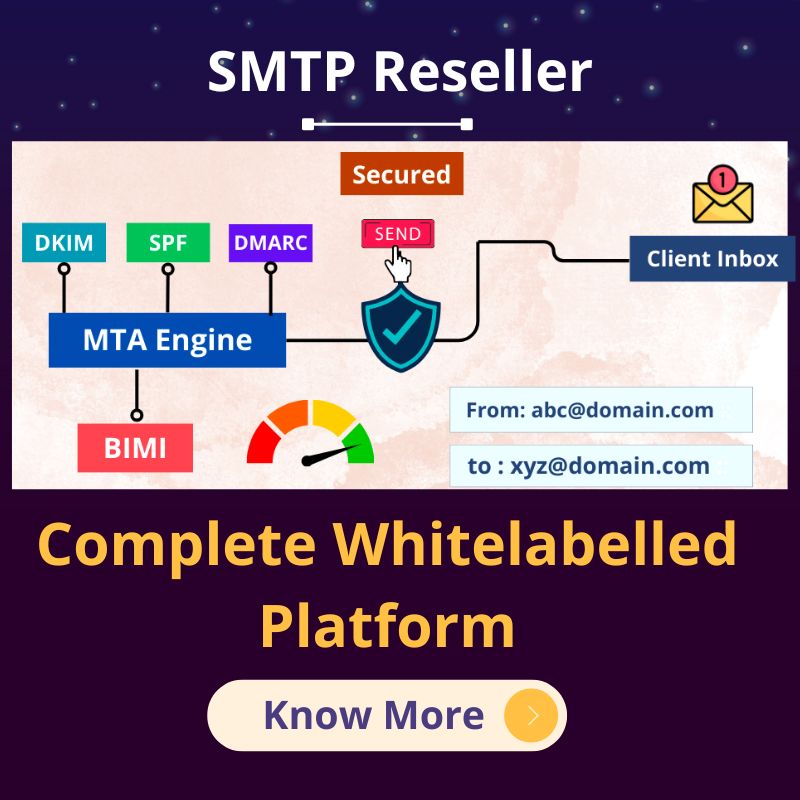The average person receives between 120 and 130 emails per day. Ponder that for a moment. Between the massive volume of work emails, personal emails and, you guessed it, marketing emails, our eyes are saturated with copy 24/7, whether we’re actively looking for it or not. When it comes to sending an important email, whether it be to one person or a mass marketing communication, the key to success is creating engaging content. With email marketing, the aim is to achieve a high open rate and, ideally, a high click rate. Though the body of an email is always the most important element to focus on, the first section that will engage your audience is the subject line.
Why is the subject line important?
Typically, the subject line often left until the last minute and doesn’t have a lot of thought put into it. Using an attention-grabbing subject line, however, is always one of the best ways to achieve high email engagement (marketing Emails) levels.
Many workers receive hundreds of emails a day, and many of these will often go unnoticed. The subject line is one of the first things a recipient will see. So it’s essential that yours is the one that stands out and catches their attention.
What makes an engaging subject line?
There isn’t a guaranteed way to create the perfect subject line, but there are a few tips you can use to make it a lot easier.
Keep your Subject Line short and sweet
The key to a catchy subject-line is one that quickly and descriptively summarizes the nature of your email in as few words as possible. However, don’t make it too short. You’ll ideally want to make your subject line between 30-50 characters (Marketing Emails).
Example: “New cloud-based Office 365 service launched by Exclaimer”
Hook your audience
Use incentivized language to grab your audience’s attention immediately and give them a reason to open your email. Try asking a question that will make them want to find out more.
Example: “Migrating to Office 365? Try Exclaimer Cloud!”
Do not mislead
You must make sure your subject lines accurately reflect the content of the email you are sending. It must not be used to make false promises as this will only encourage recipients to unsubscribe or even complain. Make sure your subject line is as specific as possible so your audience knows exactly what it is they’re about to read.
Do some Email testing
Are you struggling to decide between two or more subject lines? Then, try some A/B testing!
If you’re sending an email communication to 1,000 people, first send out an email with subject A to 100 people. Then subject B to another 100. Whichever subject lines perform best, use that for the remaining 800 emails.
When you take the time to write an email with great content, don’t ruin your chances of the email being opened by not putting enough thought into your subject line. By using enticing language and the tips we’ve given, you will see a rise in your open and click rates!



